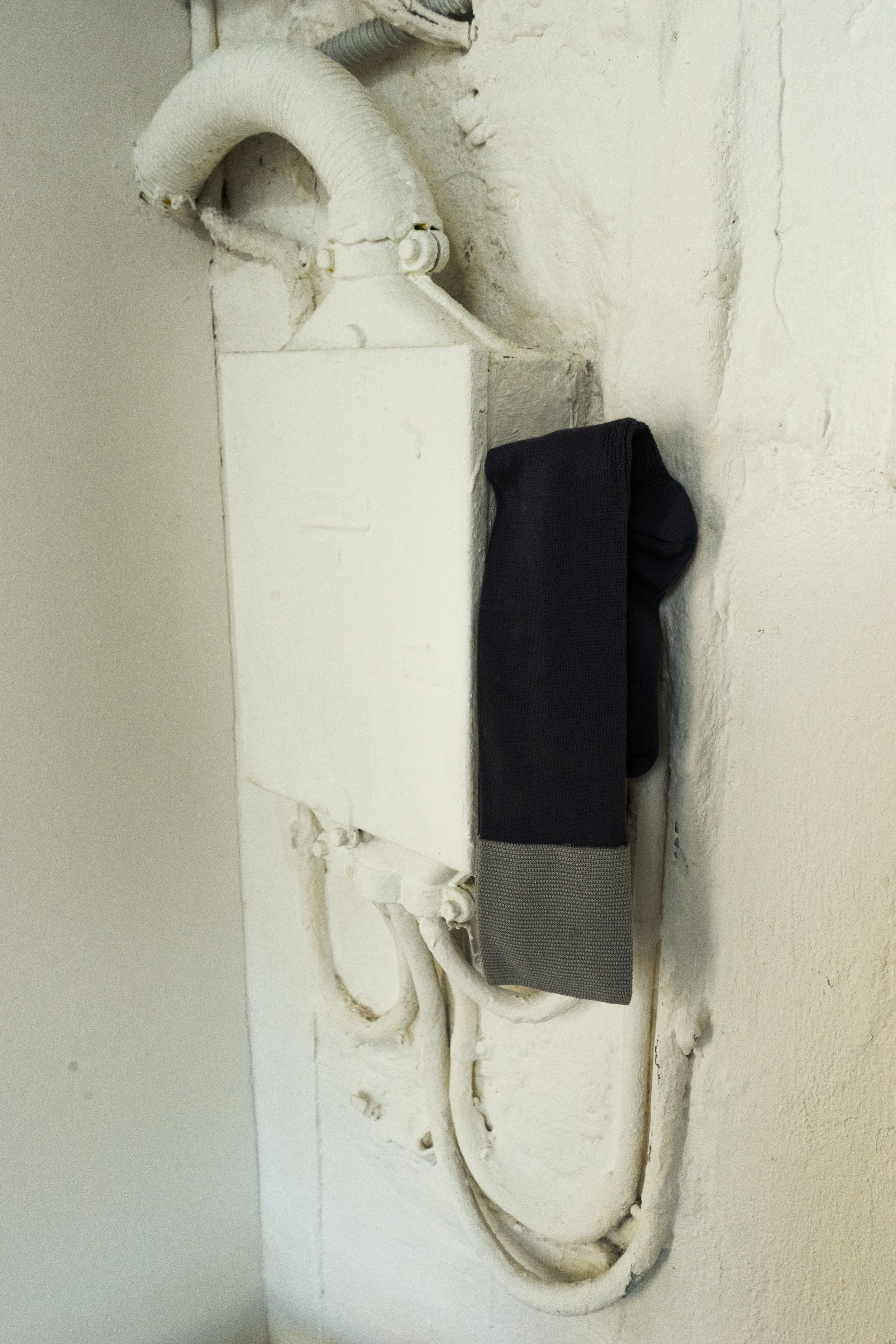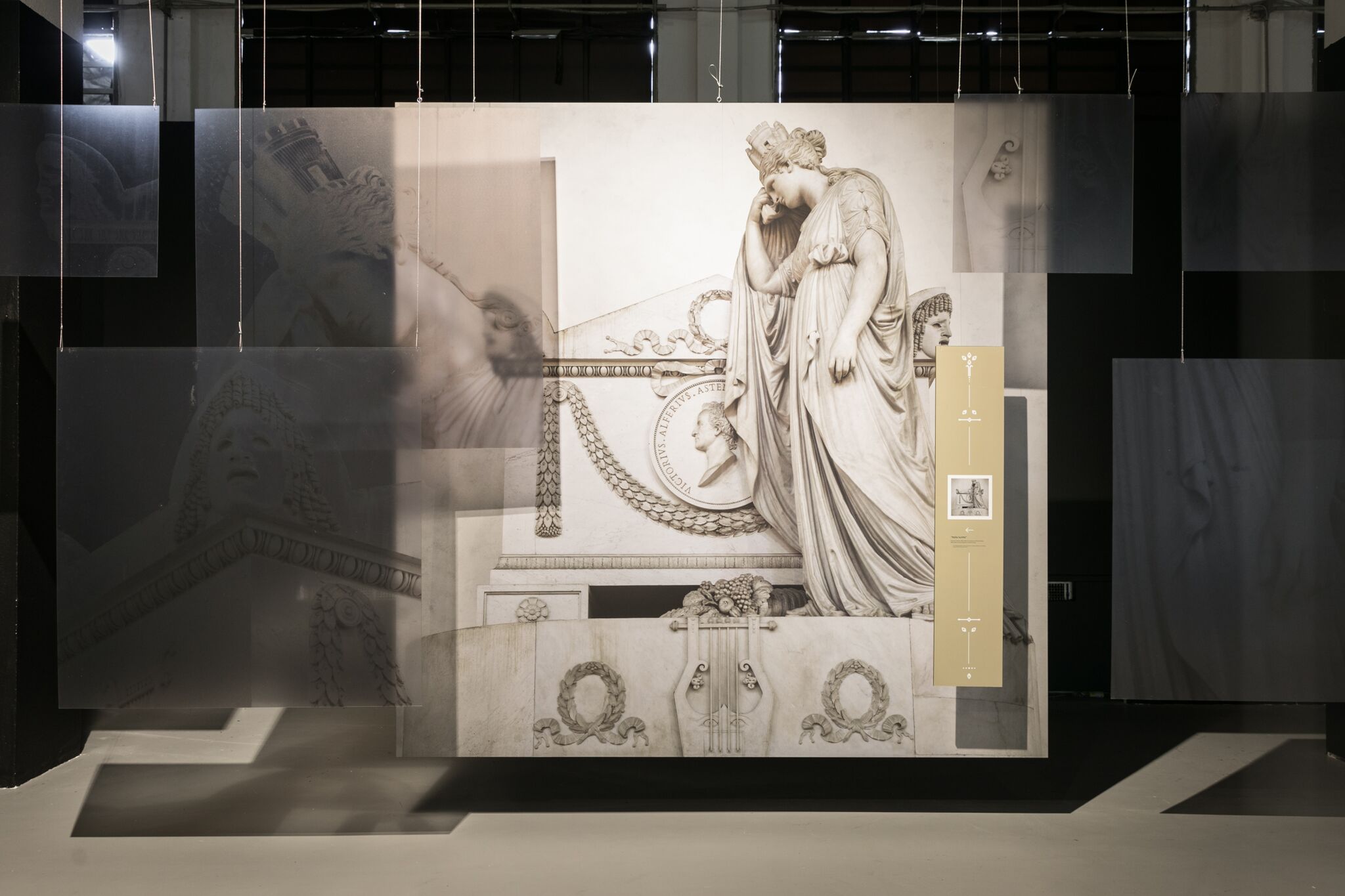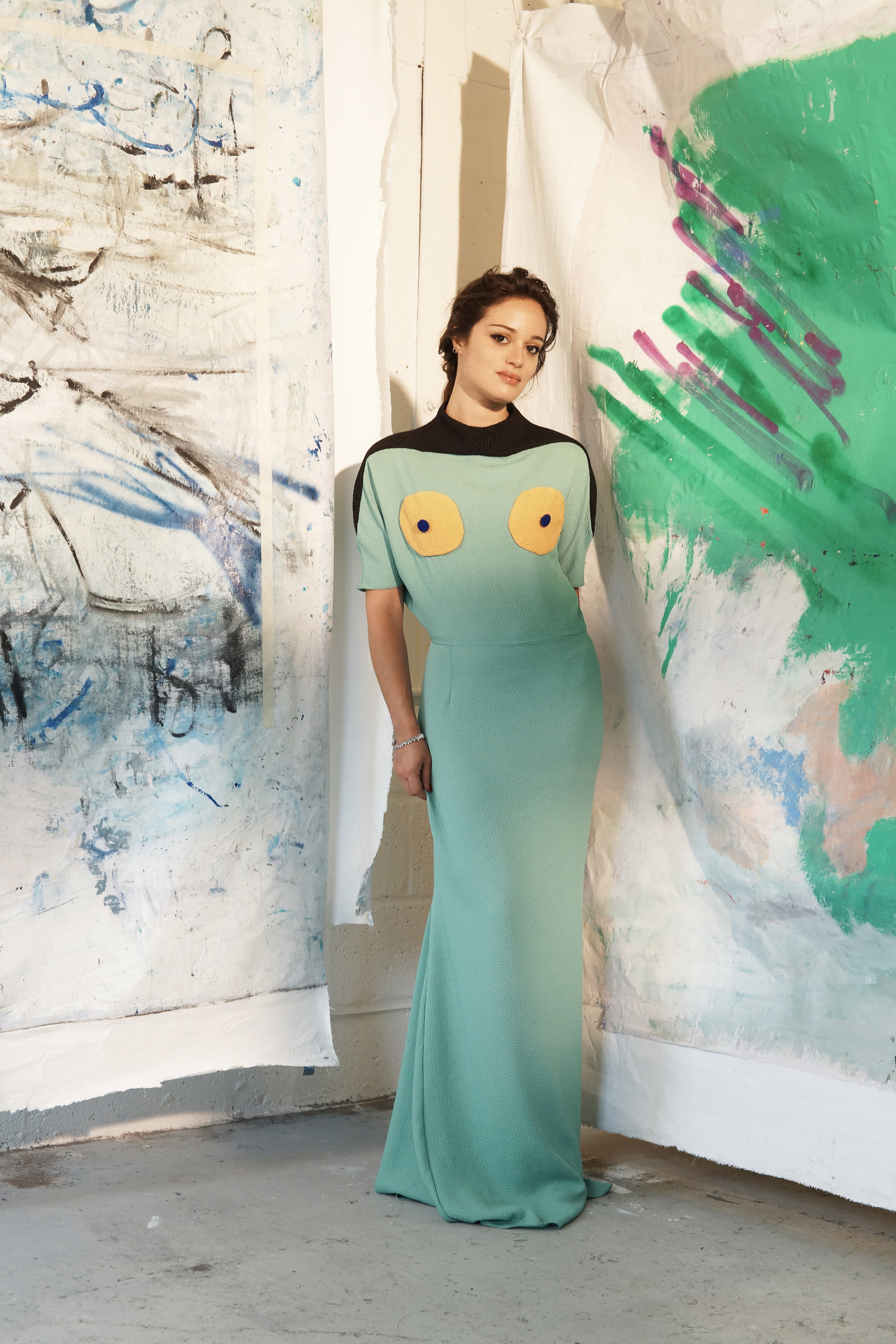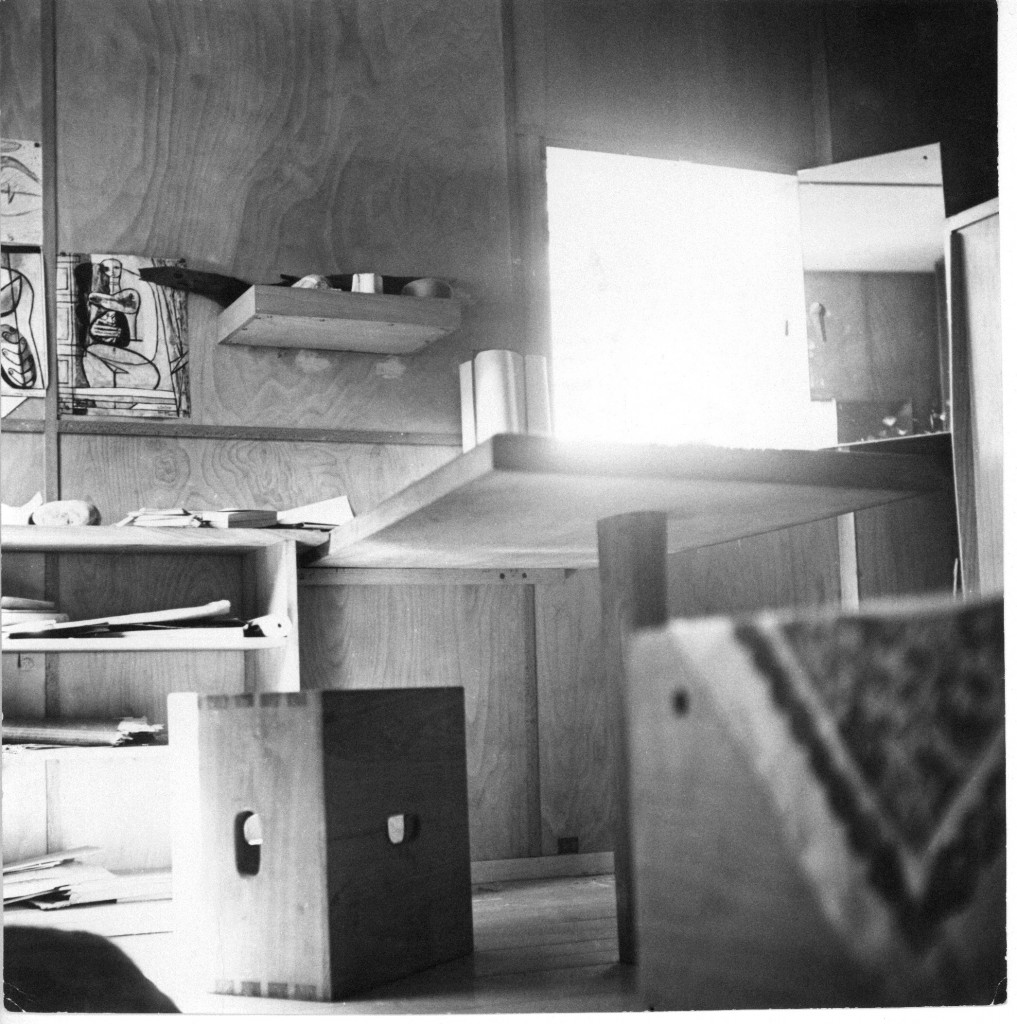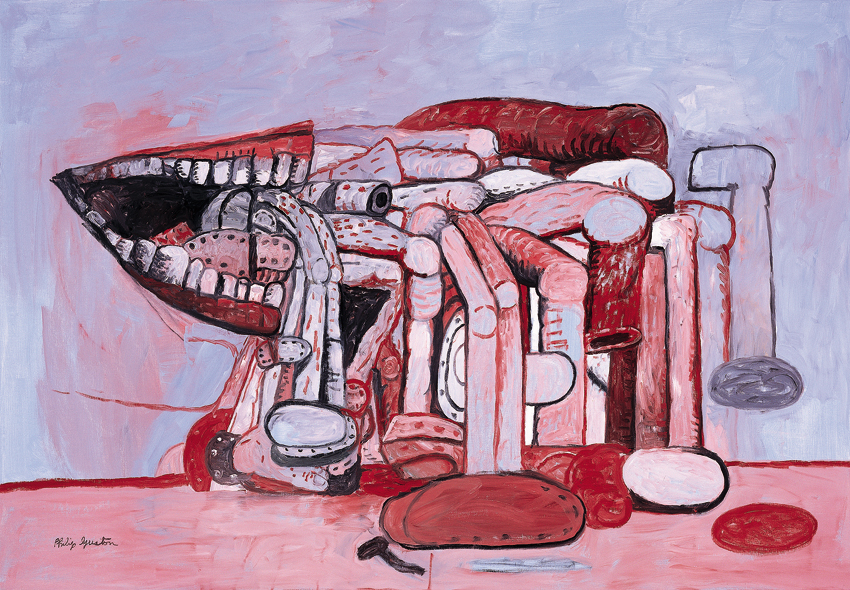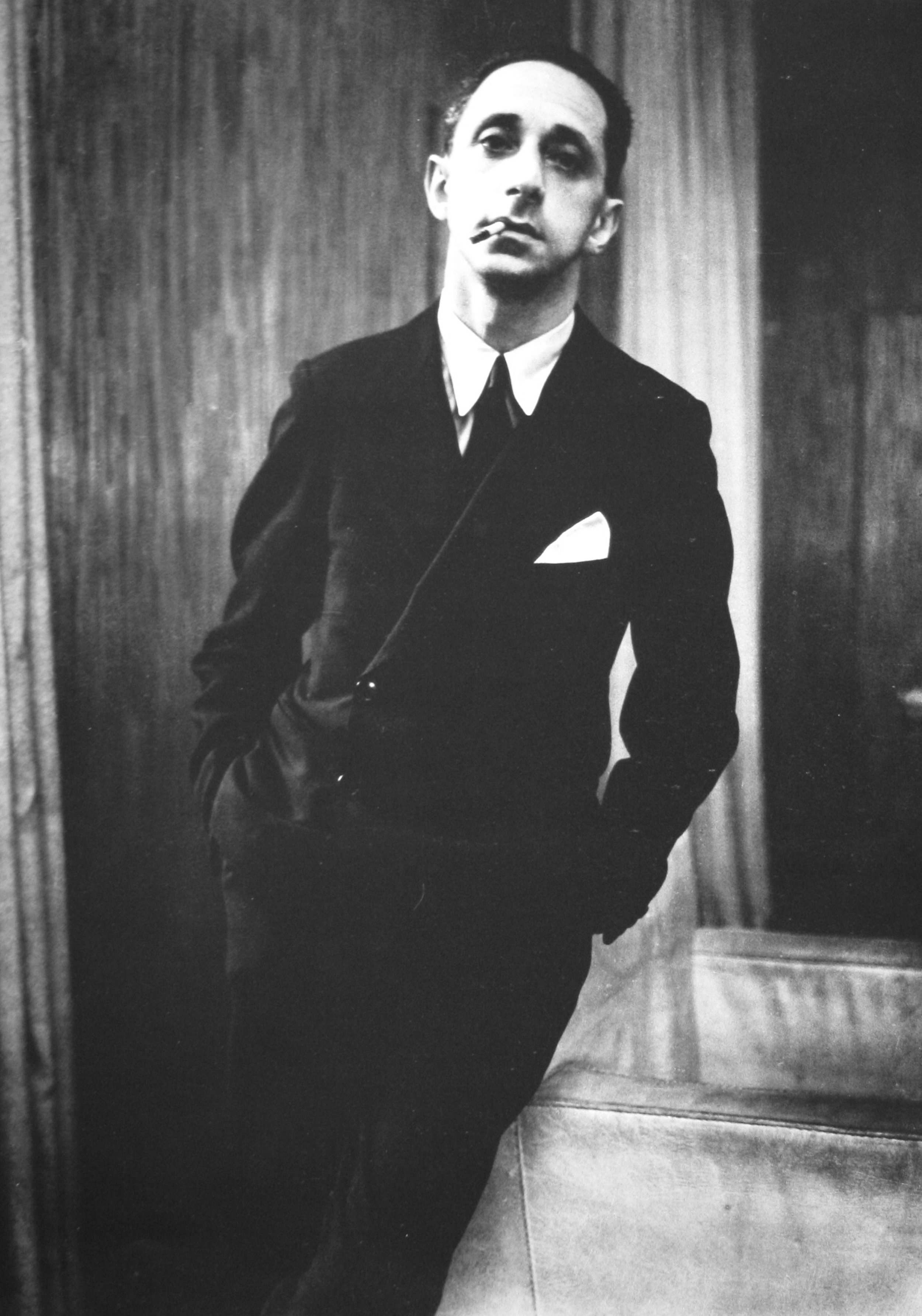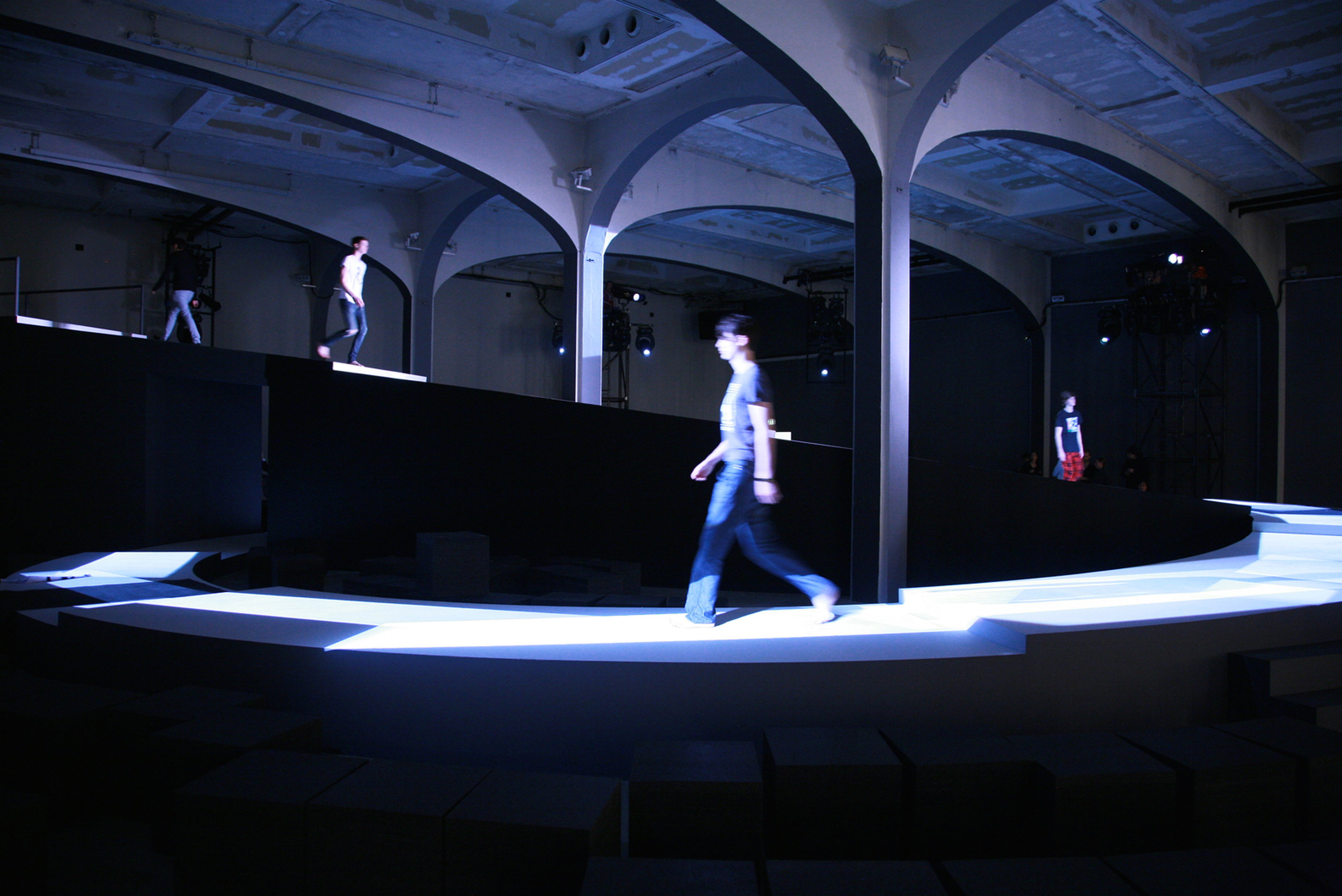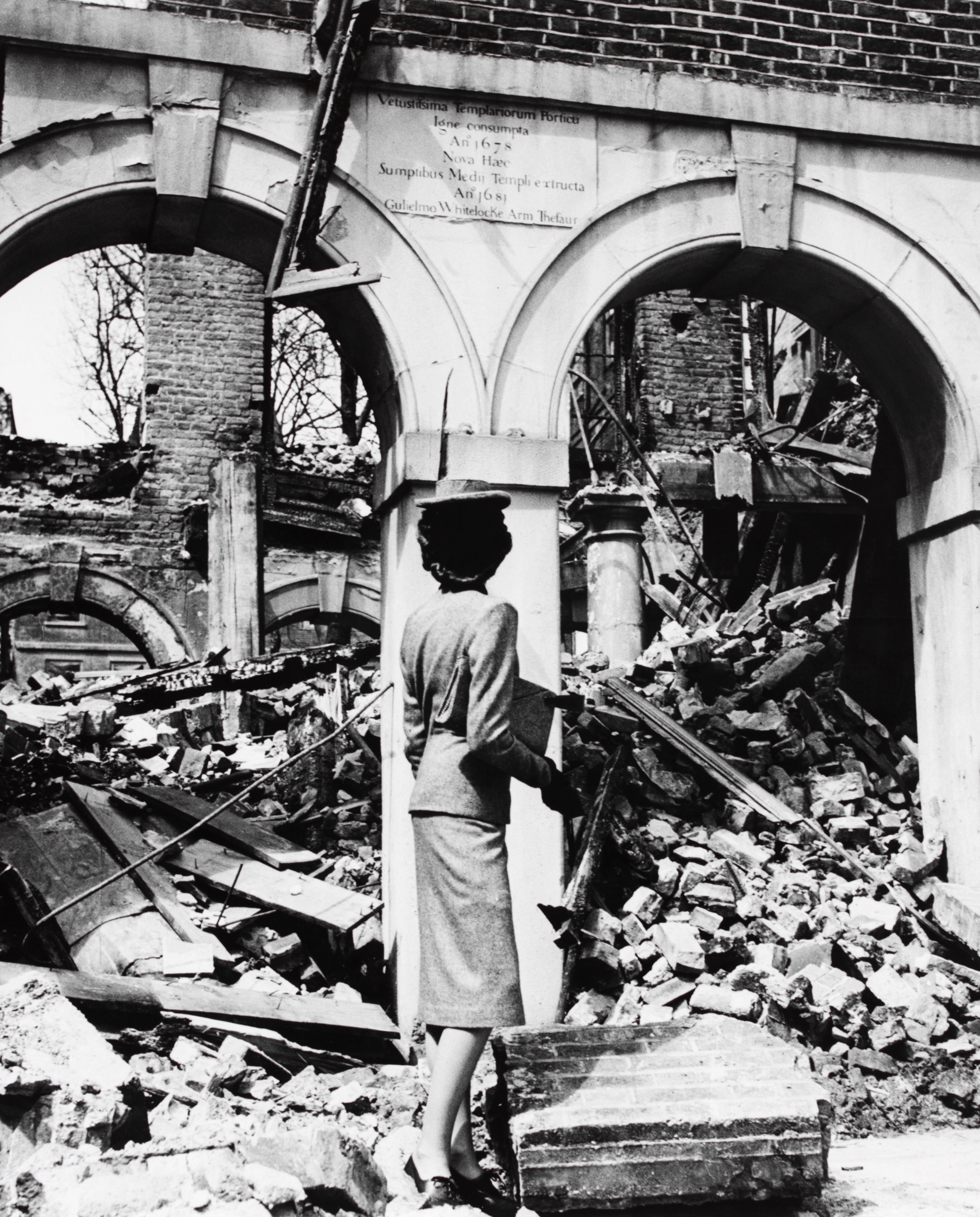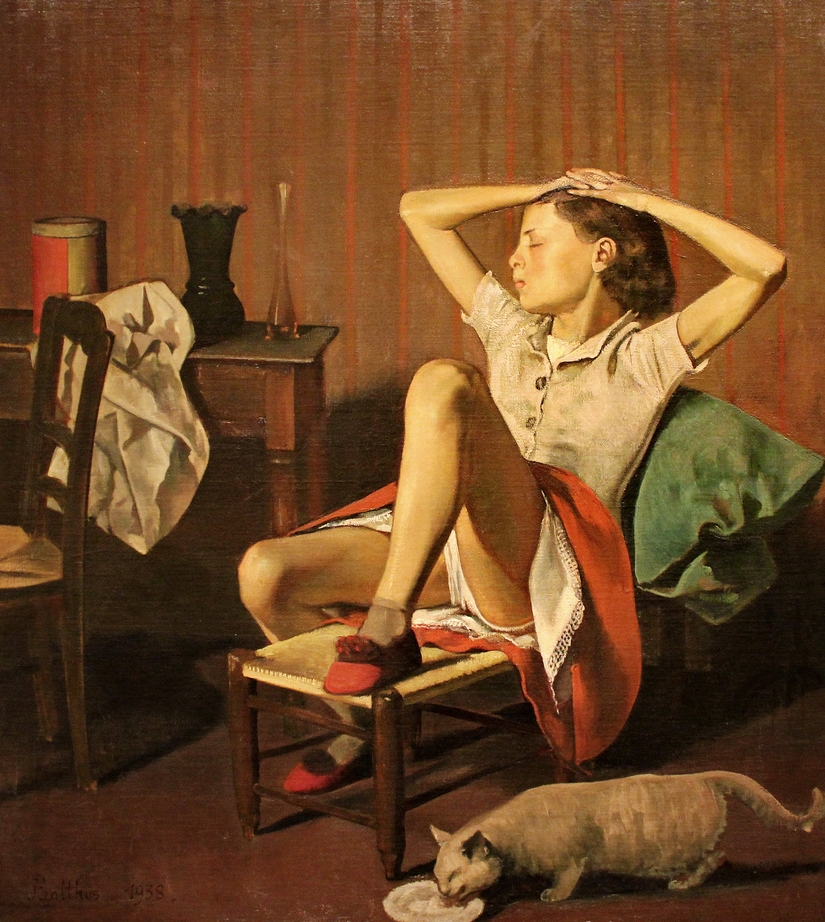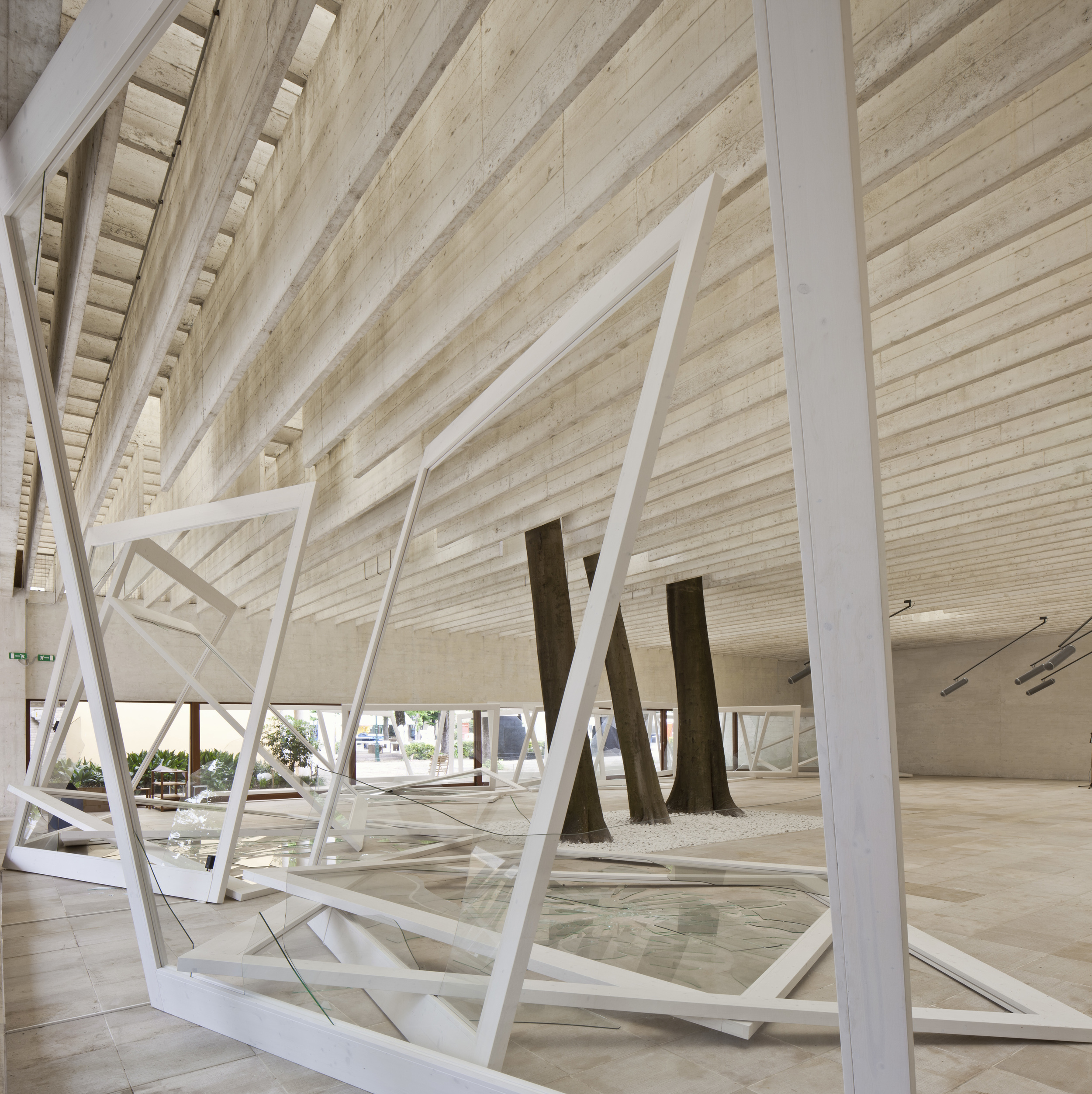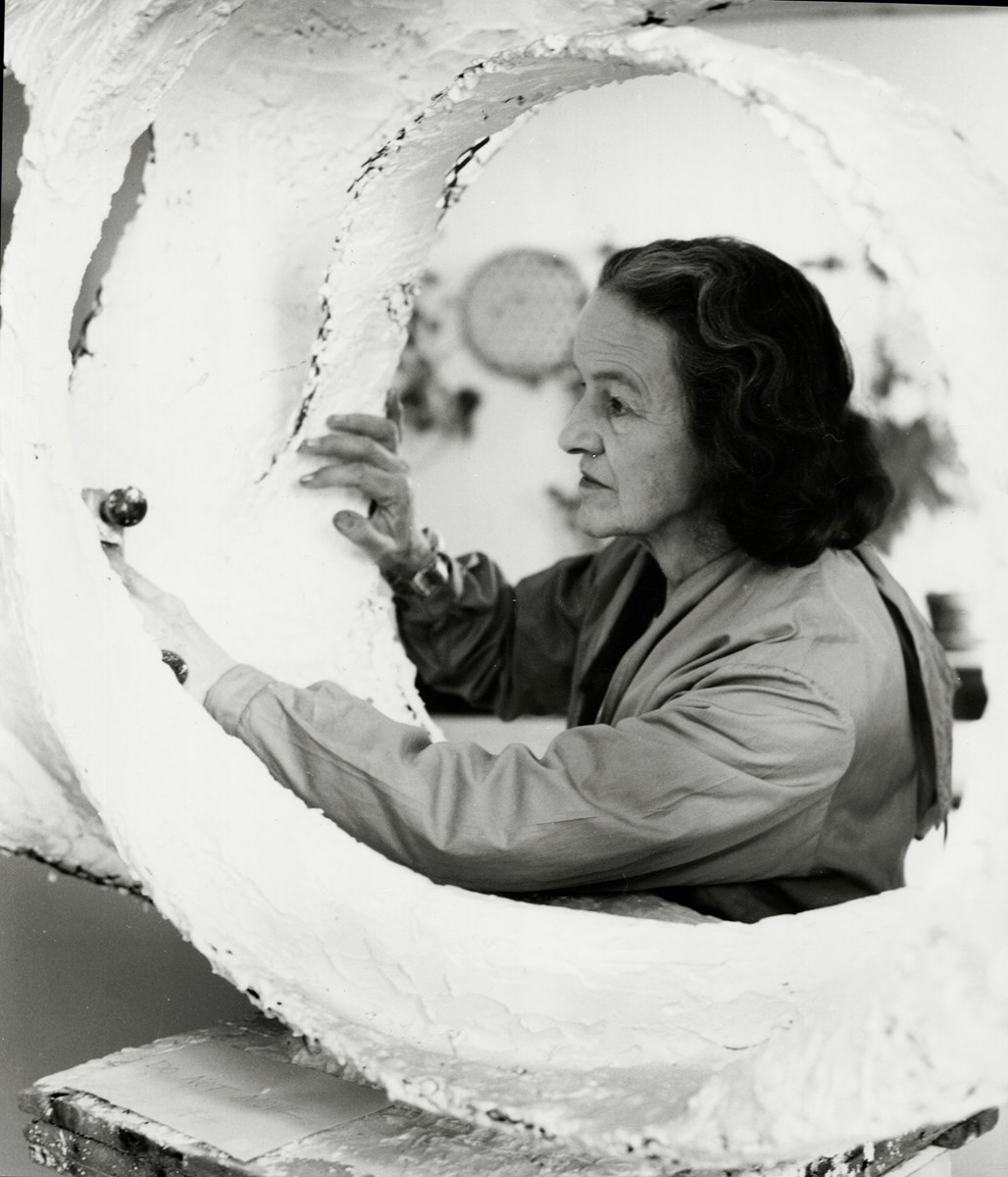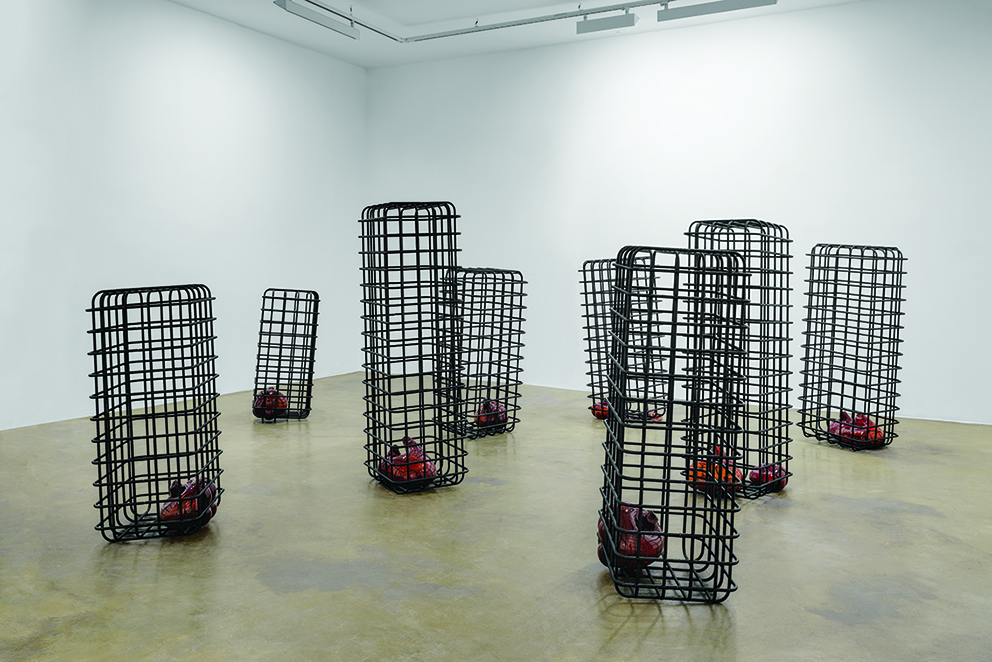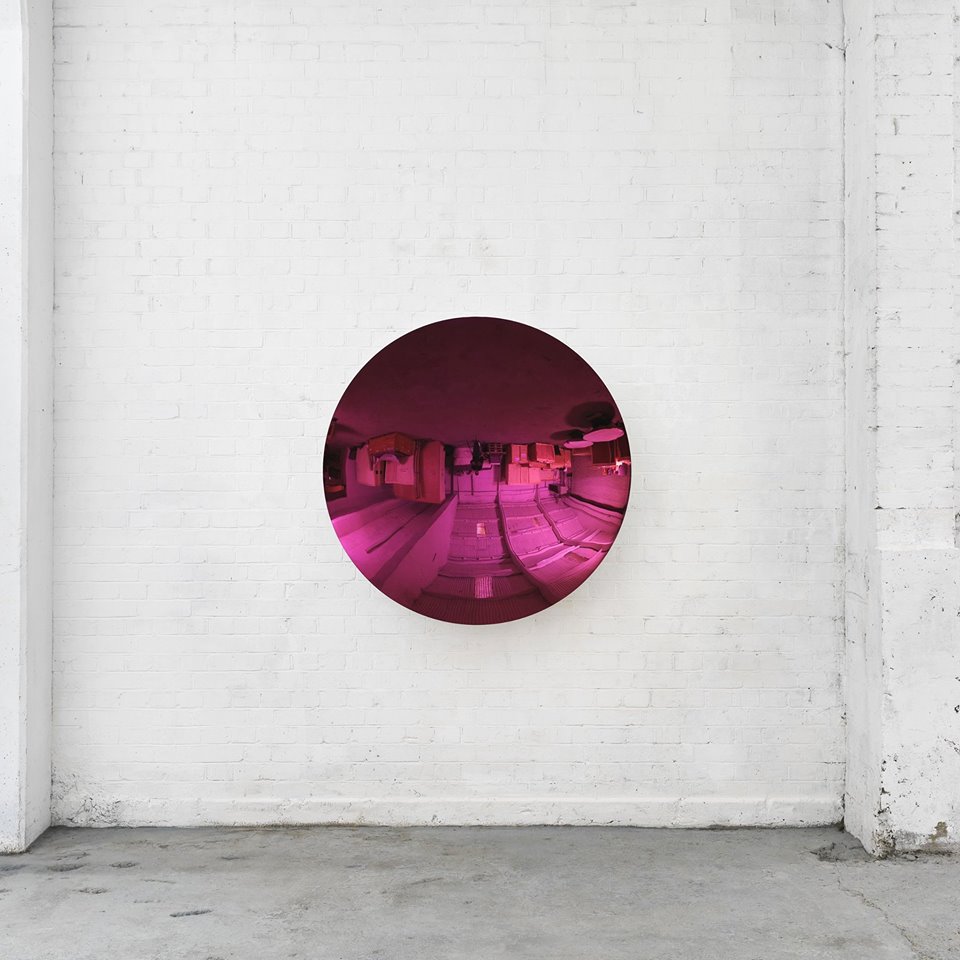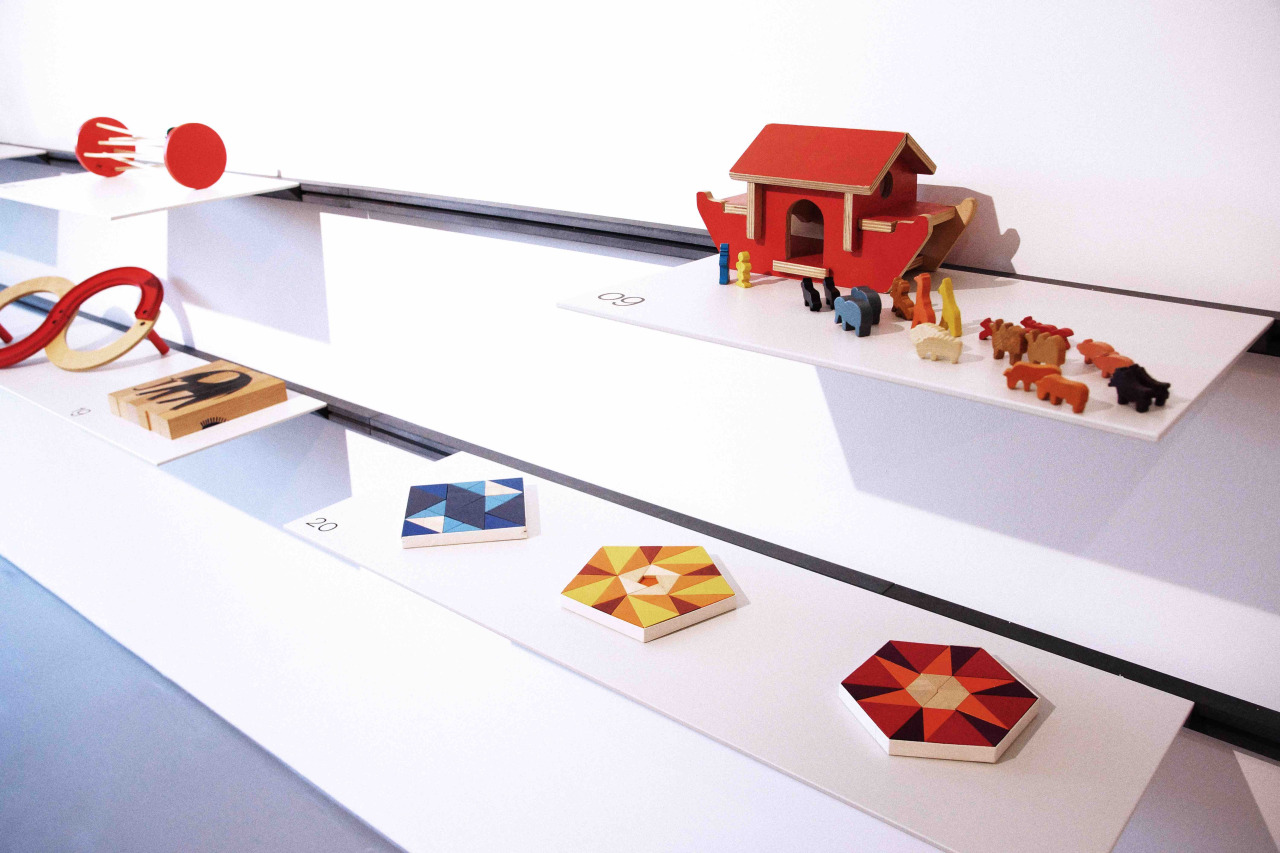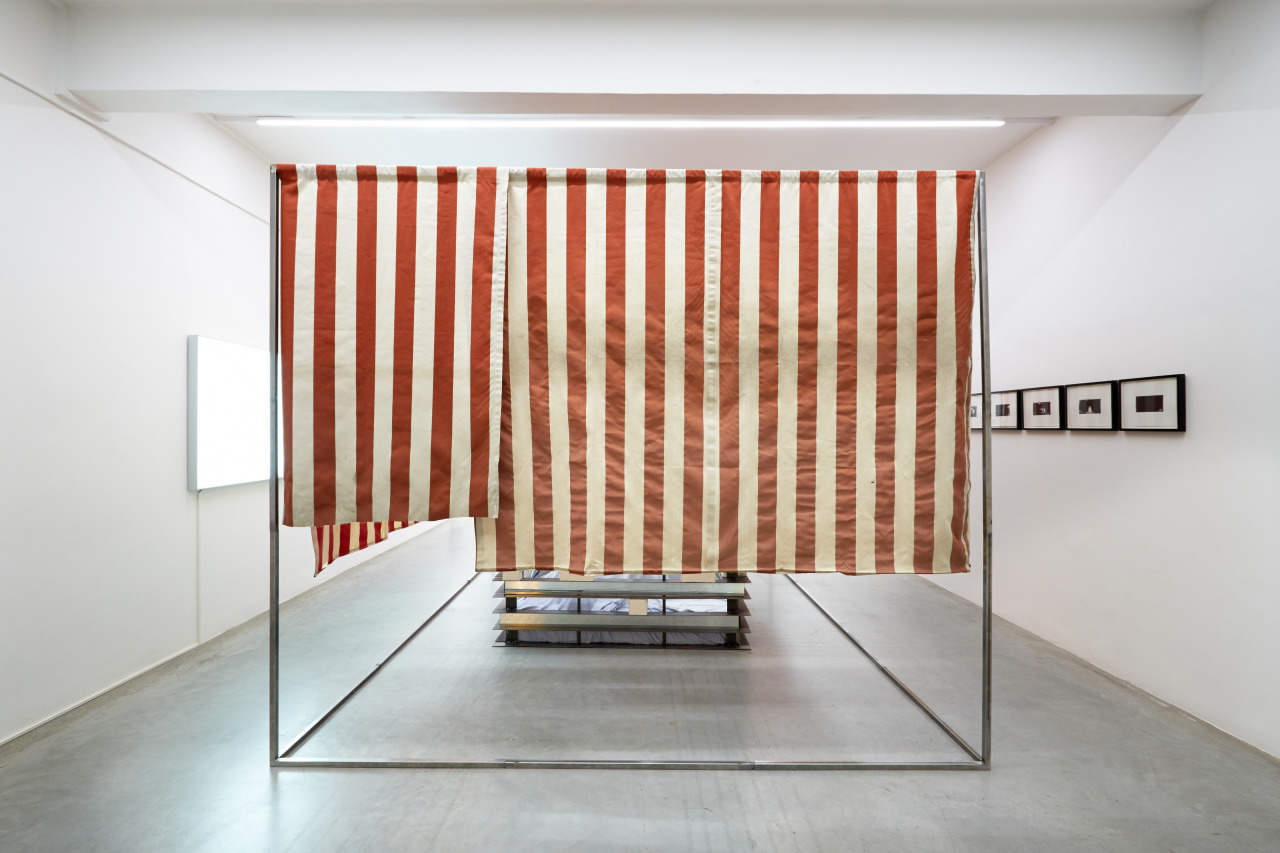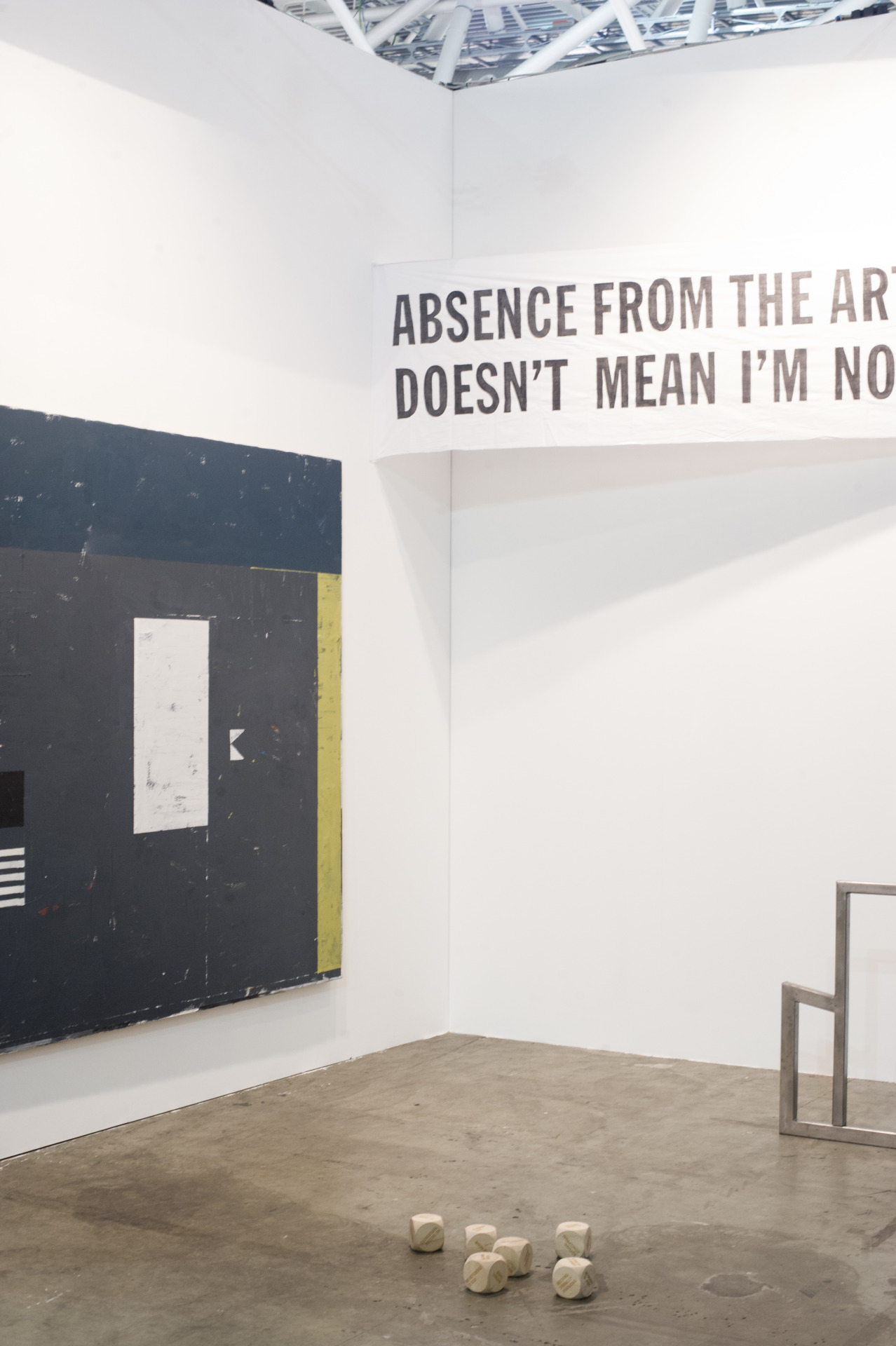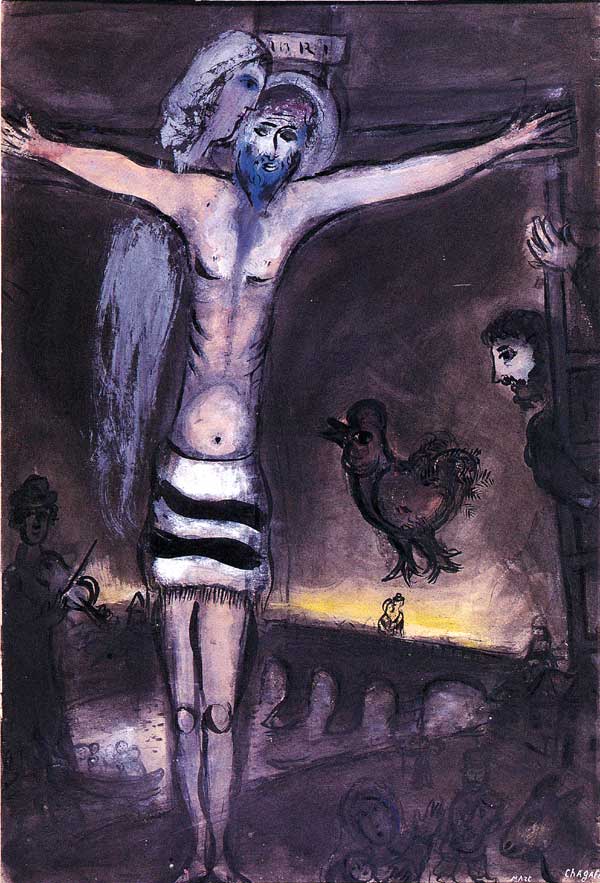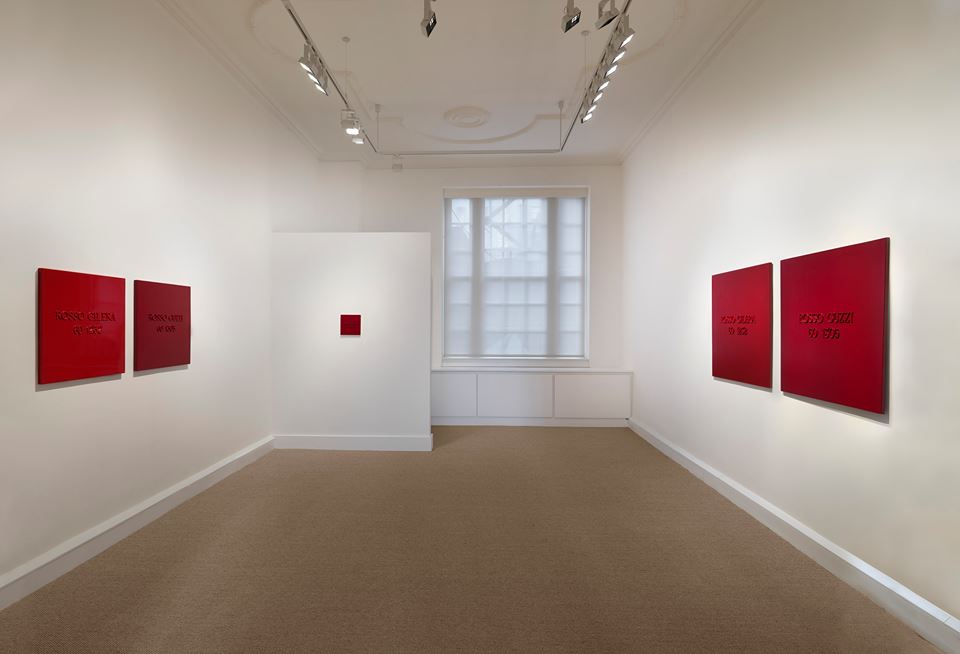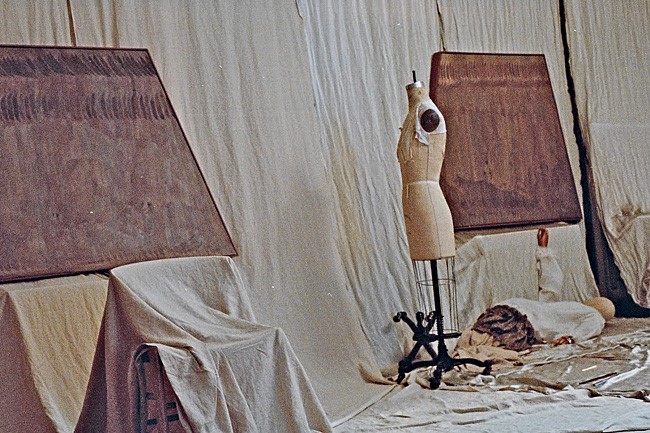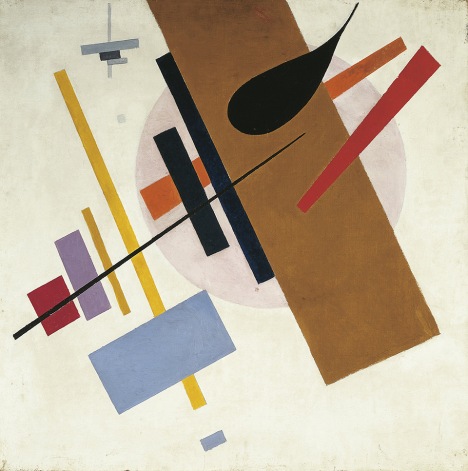Larry Sultan: Here and Home…and America.
Words by Sarah Millar
Los Angeles, LACMA
Here and Home, the first retrospective of photographer Larry Sultan’s work is now in its final throws at LACMA. A California setting for the maker of the quintessential California image. Take it in before the sun sets on July 19th.
The show comprises over 200 photographs representing five major bodies of Sultan’s work including Pictures from Home (1982–92) and The Valley (1998–2003). Sultan explores themes of identity and displacement, of family and domesticity. At times his images highlight the artificiality of image making. At times they are excruciatingly intimate. At times they prophesize the banal. At large, though, they are an un-cynical bunch. Yes, they illustrate the somewhat rote fantasies that have come to constitute the American reality, but they do so under the benign glow of the Californian sun.
Even images from The Valley, a series which documents pornographic film production in suburban neighborhoods of the San Fernando Valley lack due prurience. Any hint of lasciviousness in their subject matter is all but eclipsed by the extreme ordinariness of their setting. Looking at “Topanga Skyline Drive #1,” the viewer’s attention is drawn less to the ‘actor’s’ naked white buttocks than to an Easter basket perched atop the dated kitchen counter behind him.
While Sultan focuses his lens on a very specific geographic region of the US, he documents the spirit of a certain “American-ness” writ large. Which in turn brings to mind another salient meditation on the same country: that mid-eighties masterstroke of hyperbolic observation, Jean Baudrillard’s America. His is an America without a truth, a simulation of utopia which has persistently behaved as if already achieved. Baudrillard’s America is not simply primitive, but a glittering example of pure hyperreality.
So then, what happens when we view Here and Home as a portrait of America through the gaze of this old-world post-modern agent provocateur?
Mom Posing for Me, 1984
Laughter on American television has taken the place of the chorus in Greek tragedy…It is the screen that is laughing and having a good time. You are simply left alone with your consternation.
Los Angeles, Early Evening, 1986
America is a giant hologram, in the sense that information concerning the whole is contained in each of its’ elements. Take the tiniest little place in the desert, any old street in a Midwestern town, a parking lot, a Californian house, a Burger King or a Studebaker and you have the whole of the US…
Empty Pool, 1991
There is a sort of miracle in the insipidity of artificial paradises, so long as they achieve the greatness of an entire (un)culture. In America, space lends a sense of grandeur even to the insipidity of the suburbs..
Dad with Golf Clubs, 1987
American reality…was there before the screen was invented, but everything about the way it is today suggests it was invented with the screen in mind.
Topanga Skyline Drive #1, 1999
This is a world that has shown genius in its irrepressible development of equality, banality and indifference.
Dad at Whiteboard, 1984
This is a society that is endlessly concerned to vindicate itself, perpetually seeking to justify its own existence…there is no place here for interplay of a subtler nature.
Paris Hilton, 2007
Americans…make no claim to what we call intelligence and they do not feel threatened by other people’s. For them, this is merely a particular cast of mind in which one should not indulge unduly.
Reading in Bed, 1998.
The US is utopia achieved.
There’s no lack of material with which to go terrifically meta here, but why court the complexity? If a “smile signifies only the need to smile,” if this is “the land of ‘just as it is’” then why probe too deeply? Why not simply consume the portrait as Baudrillard suggests we access its’ subject. Let’s assume the “brutally naïve” gaze, then. Let’s take pause in perpetual, non-referential present moment the French man suggests underpins the preserve of the hyperreality, and appreciate these images merely for their formal value. For the brilliance of their color, for the clarity of their compositional syntax, for their exquisite lighting, for the coy tease of their chiaroscuro. They are deliberately constructed images. They are visually arresting. They are convincing in their appeal.
Maybe Here and Home captures the hologram that is Baudrillard’s Astral America. Maybe it serves as visual requiem for a utopia that never was. Whether Sultan celebrated the illusion or provided an aperture through which the myth is italicized, the exhibition is worth a second glance. At the very least, accompanying book makes for excellent pseudo-intellectual coffee table fodder (and what’s more America-n than that?).
Until 19 July 2015.











